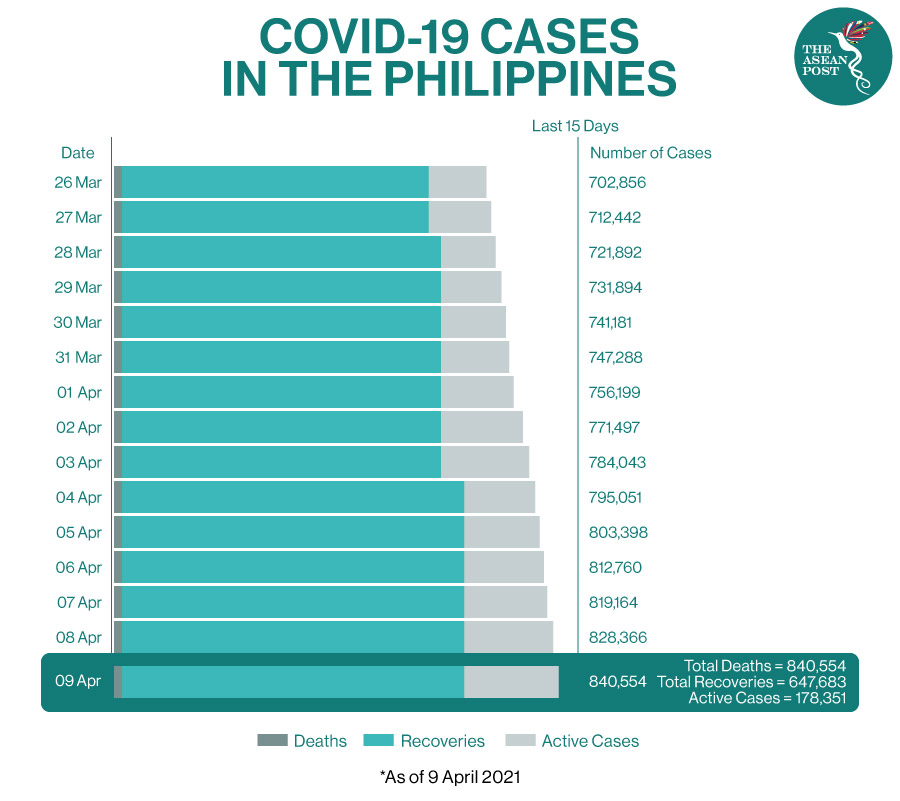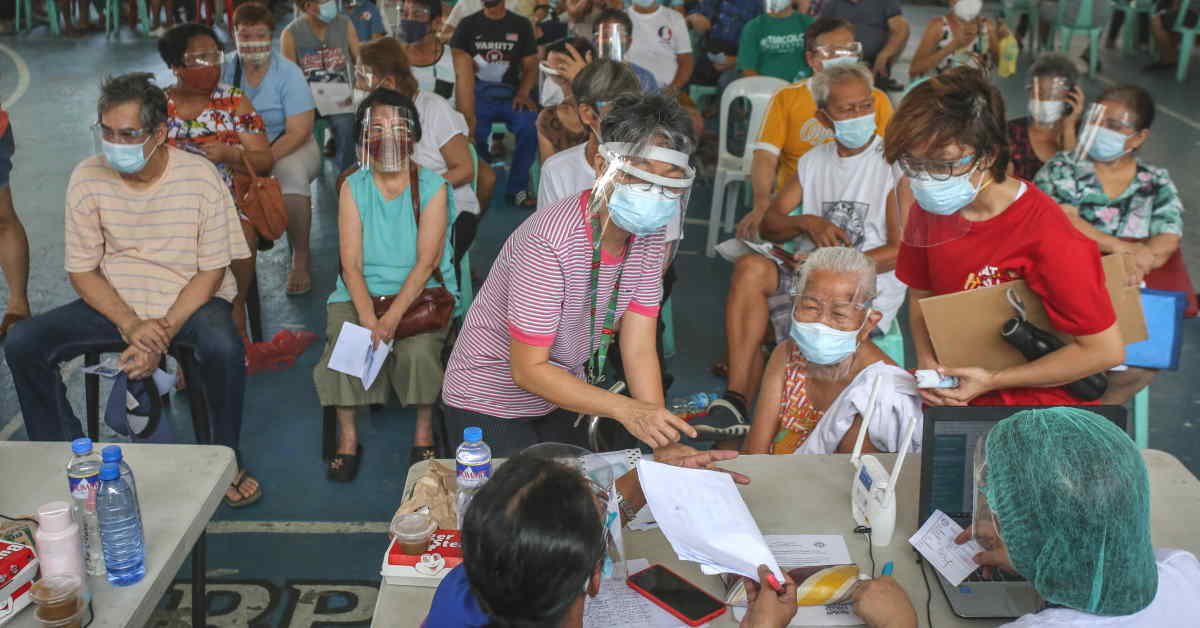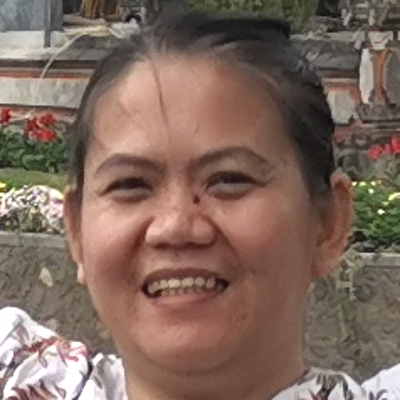These couple of weeks have not been the Philippines’ finest hours because of the surge in COVID-19 cases mostly in the National Capital Region Plus (NCR Plus) bubble. This is again another uphill battle the country is trying to overcome. The NCR Plus bubble includes Metro Manila, Bulacan, Cavite, Laguna, and Rizal.
Due to the surge in COVID-19 cases, an “enhanced community quarantine” (ECQ) was imposed in the NCR Plus bubble for around two weeks now while a less restrictive general community quarantine has been imposed in the rest of the country.
However, though the surge of COVID-19 cases is still fluctuating at the moment, the time-varying reproduction number (Rt), thus far, based on the latest data is Rt = 1.11 ± 0.02, which means each infected individual is infecting an average of 1.11 persons. The Rt during the early part of the surge in COVID-19 cases was around 2.
This goes to show that the ECQ to some extent is positively impacting the transmission of the virus, though, it is also having undesirable repercussions on the country’s economy.
Nevertheless, the Philippine government has already put forward several measures to address the surge in COVID-19 cases and its adverse impact on the country. For instance, local government units (LGUs) in the NCR Plus bubble were directed to intensify “prevent-detect-isolate-treat-reintegrate (PDITR) measures” and also to strictly enforce quarantine and health protocols and to go after quarantine violators.
The testing average has also increased to more than 50,000 tests per day, almost half of which are tests in the NCR Plus bubble. Around 12,000 contact tracers are also being hired in areas under the ECQ.
The Philippine government is also extending in-kind or cash assistance amounting to PHP 1,000 (US$20.60) per person or PHP 4,000 (US$82.40) per family through the LGUs to those affected by the ECQ. Likewise, the creation and opening of modular hospitals have been prioritised by the government to accommodate the surge in COVID-19 patients.
Medical front-liners (136 doctors and nurses) from the Visayas region were deployed in the NCR just recently to help augment the health/medical manpower of the various hospitals in Metro Manila, while the government is also exhausting all efforts to address the issue of hazard pay for healthcare workers.
Vaccination
As far as the national COVID-19 vaccination program goes, as of 6 April, 2021, 2,670 vaccination sites are conducting vaccinations in various sites across the country. Out of the total 2.5 million available COVID-19 vaccines, 1,936,600 (77%) doses have been distributed throughout the country. Out of the distributed doses, a total of 922,898 have been administered to healthcare workers, senior citizens, and persons with comorbidities for their added protection. Vaccination in the Philippines is free.
Unfortunately, the administration of the AstraZeneca vaccine was temporarily suspended for individuals aged below 60 years, following reports of rare cases of blood clots with low platelets detected in some individuals inoculated with the vaccine. Nevertheless, despite this gloomy news, the country’s Vaccine Expert Panel (VEP) has recommended the use of Sinovac vaccines for elderly/senior citizens based on reports from other countries.
This is a positive thing given the need to vaccinate the elderly population, since they are most susceptible to severe or critical illness if infected by COVID-19. To note, there are about nine million senior citizens listed in the government's priority master list for the COVID-19 vaccination program.
Vaccines Nationalism and Hoarding
Moreover, among the many challenges alongside the fluctuating surge in the number of COVID-19 cases, the country is also facing difficulty in securing and procuring vaccines despite the Philippine government’s continuous efforts. The Philippines targets to inoculate 60 to 70 percent of its population to achieve herd immunity by the end of this year (2021).
To date, the country has still relatively limited available vaccines to inoculate its population. This situation has been aggravated by the fact that there’s a shortage of supply and the hoarding of COVID-19 vaccines by a few rich countries, adversely impacting the vaccination programs of least developed and developing countries like the Philippines.
Based on statistics, rich countries, which account for 16 percent of the world population, now own 60 percent of the world's vaccines. Wealthy countries like the United States (US), United Kingdom (UK), and Canada have ordered two to three times as many vaccines more than their respective populations need, while poor developing countries are having difficulties accessing vaccines, and do not have access to most if not all western COVID-19 vaccines.
To note, around 700 million COVID-19 vaccine doses have been administered worldwide, the vast majority of them went to people in wealthier countries and vaccine-producing nations. Even the European Union (EU) has sought to impede shipments to some degree. The World Health Organization’s (WHO) COVAX initiative, which supplies developing countries with the needed vaccines has been considerably affected and held back not only by slow funding but by vaccine nationalism and hoarding.
WHO Director-General Tedros Adhanom Ghebreyesus has warned against the widening gap between the number of coronavirus vaccines in wealthy countries and those distributed to poorer nations through the COVAX initiative.
Supply Chain Impediments
Nonetheless, the problem is not just about hoarding but also impediments in the supply chain of raw materials to manufacturers of COVID-19 vaccines outside the US like in India. In an article published by the BBC titled, “India Coronavirus: Can Its Vaccine Producers Meet Demand?”, the head of the Serum Institute of India (SII), one of the world's largest manufacturers of coronavirus vaccines (Novavax and AstraZeneca), said its production capacity is "very stressed". Thus, India has put a temporary halt to its vaccine exports. One of the reasons is India’s major challenge of inoculating its more than 1.3 billion population, which it is trying to prioritise. To note, the SII had been supplying vaccines around the world, including to the WHO COVAX scheme for middle and low-income countries.
However, the most disquieting reason why India is experiencing stress in its vaccine production is the concern raised by both, the SII and Biological E (the company that produces the Johnson & Johnson vaccine), that raw materials shortage is affecting the production of vaccines. SII chief executive Mr. Poonawalla attributed this to US export bans on specific items needed to make vaccines, such as specialised bags and filters. The SII also faces difficulties importing cell culture media, single-use tubing, and specialised chemicals from the US.
"The sharing of these raw materials is going to become a critical limiting factor. Nobody has been able to address this so far," said Mr. Poonawalla. Whereas, Mahima Datla, Chief Executive of Biological E said that, “US suppliers were reluctant to commit that they will stick to their delivery timelines.”
The disruption in the supply chain for raw materials used in India’s vaccine production can be attributed to the fact that President Biden invoked the Defense Production Act (DPA), legislation from the 1950s which gives the US president powers to mobilise the domestic economy in response to emergencies.
The DPA allows the US to restrict the export of products that might be needed for domestic manufacturing. The Biden administration said in February that it would use the act to increase the list of items that US vaccine makers would get priority access to, such as special pumps and filtration units.
Likewise, in another article published by Vanity Fair titled, “We are Hoarding: Why the US Still Can’t Donate COVID-19 Vaccines to Countries in Need,” it somewhat uncovered that the contracts the Trump administration signed with vaccine manufacturers prohibit the US from sharing its surplus doses with the rest of the world.
According to contract language that Vanity Fair obtained, agreements with Pfizer, Moderna, AstraZeneca, and Janssen state that: “The Government may not use, or authorise the use of, any products or materials provided under this Project Agreement unless such use occurs in the United States” or US territories.
COVID-19 Vaccines For Global Public Good
Indeed, vaccine nationalism and hoarding are real and not imagined issues. Rather than using vaccines for global public good, to be shared with developing countries and used for the benefit of mankind, availability seems constrained now more than ever.

Nevertheless, among the countries that have committed to sharing COVID-19 vaccines to the world as a global public good is China. Aside from India which is experiencing a high level of stress in vaccine production at the moment, it is the only other vaccine producing country, which is consistently and seriously prioritising the export and donation of COVID-19 vaccines not only to the Philippines but to the rest of the developing and least developed countries in Asia, Africa, the Middle East, and some part of Europe/Eurasia.
China is providing COVID-19 vaccines to 80 countries and three international organisations, namely the WHO COVAX facility, UN peacekeeping forces; and the African Union. China joined COVAX and made a clear commitment to providing an initial 10 million doses of vaccine to meet urgent needs in developing countries and has responded to the call of the UN to donate vaccines to peacekeepers from all over the world.
It is also willing to cooperate with the International Olympic Committee to provide vaccines to athletes preparing to participate in the Olympic Games. Likewise, China is exporting vaccines to more than 40 countries, and cooperating with more than 10 nations in vaccine research, development, and production. These countries include Indonesia, Malaysia, Brazil, Turkey, Pakistan, United Arab Emirates (UAE), Egypt, Chile, Hungary, and Serbia.
Whereas, the Philippines has so far received a total of two million doses of Sinovac, including the one million doses donated by the Chinese government. The Philippine government secured a 25 million doses deal from Sinovac Biotech, which is being delivered to the country on a staggered basis. The Philippines is also expecting to receive an additional shipment of 1.5 million doses of Sinovac by April, two million doses by May, another 4.5 million doses in June, and three million doses in July, which will significantly help the national vaccination program.
Conclusion
In retrospect, China accounts for about 33 percent of all the vaccine doses in the world and has exported about 62 percent of its doses to other countries; while the US aside from buying vaccines from all over the world, accounts for 27 percent of the world’s coronavirus vaccine production. However, it has exported zero percent beyond its borders precisely because of vaccine nationalism by which it refuses to share vaccines until all Americans are inoculated.
On this note, one must take cognisance of the fact that vaccines are potent tools that can be used to fight and end the COVID-19 pandemic. Hence, COVID-19 vaccines should be treated as a global public good and shared with the rest of the world to benefit mankind. Also, rich nations should veer away from vaccine nationalism if this coronavirus pandemic is to be ended soon.
Related Articles:

